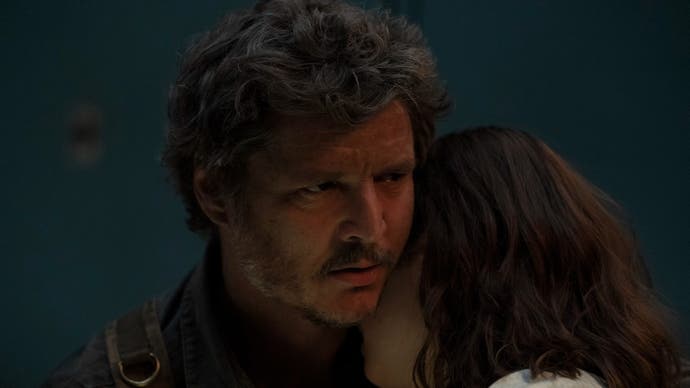The Last of Us showrunners explain Joel's John Wick moment as a "God mode power up"
Eats, shoots and Reeves.
The Last of Us' series finale aired earlier this week, breaking another viewership record for HBO in the process.
This episode concluded our journey to the Fireflies, and featured a particular sequence that many have dubbed Joel's "John Wick moment" (I am sure there is a Naughty Dog pun in here somewhere).
Now, co-creators Neil Druckmann and Craig Mazin have shared a little bit more on this part of the series, calling it a "God mode power up".
Please note, there will be spoilers for The Last of Us (both show and game) below.
For a brief recap, in The Last of Us' final episode Joel and Ellie make it to Salt Lake City, where the Fireflies are working on a cure for the cordyceps outbreak that has devastated humanity. The Fireflies believe Ellie's immunity to the infection may be the answer, and plan to operate on her to help create a vaccine. However, this operation will kill her, and on realising this Joel goes on a gun-toting rampage through the hospital to save her.
Following this moment in the show, many (myself included) were left in awe of Joel's rather sudden adeptness at taking out a team of armed militia on his own. Up until this point in the show, unlike in the game, there had been a significantly reduced amount of violence and action.
In conversation with GQ, Druckmann and Mazin addressed this moment in the Salt Lake City hospital further, noting they show Joel's actions here in "all its awfulness and awesomeness".
When John Wick is mentioned, Mazin stated this was an "interesting point" as "John Wick does live in a slightly heightened world", and the showrunners have traditionally stayed "a bit more grounded" throughout The Last of Us' first season.
However, for the season finale, Mazin noted that Joel's overwhelming need to save Ellie gave him a "God mode powerup".
"When we get to the very end, we do give him his John Wick moment," Mazin explained. "Because that's where we want to see overpowered Joel and we understand that he's fueled by this love that is beautiful and dark at the same time."
Druckmann added: "When Ellie shoots and kills someone, or injures them so badly and Joel has to kill them, it has a lot more impact. When it's time for Joel to rise to the occasion and show us what he's made of, to save Ellie, we don't shy away from it."

Both Mazin and Druckmann have previously discussed the adaption's reduced focus on violence and action, stating this was a conscious decision as they wanted to "[stress] the power of relationships" in this world, and "find significance within moments of action".
"After all, you're not playing it, you're watching it," Mazin remarked earlier this week. "Although a lot of people do like to watch gameplay, it needs to be a little more focused and purposeful when we're putting it on TV."
In short, the showrunners ultimately felt the game's level of violence didn't benefit the show's character development. As such, if an action sequence didn't "move character, and was only there for spectacle" it became an "easy cut".
For more on The Last of Us' season finale, you can read my thoughts on everything that went down here (and yes, there are spoilers).


